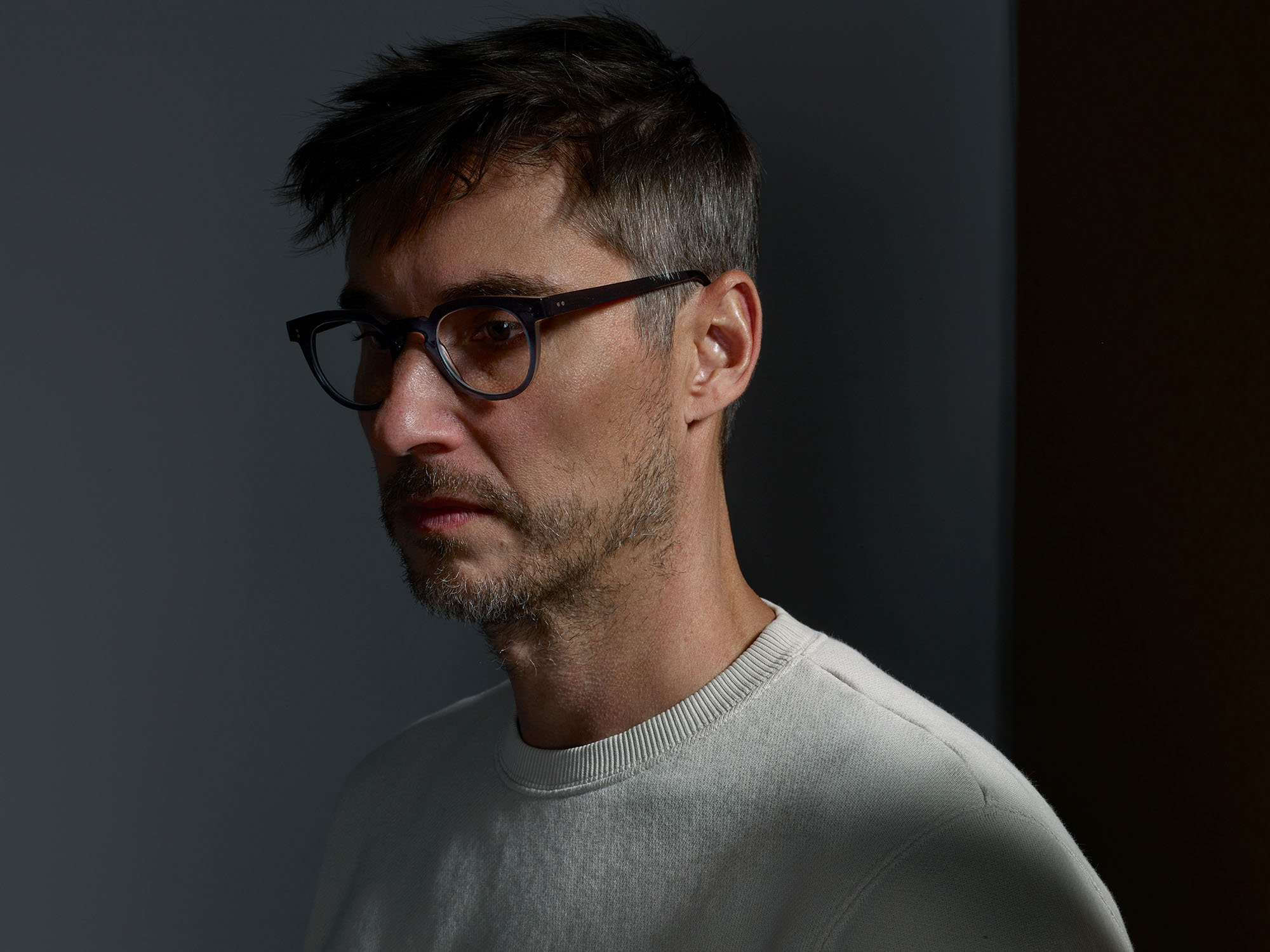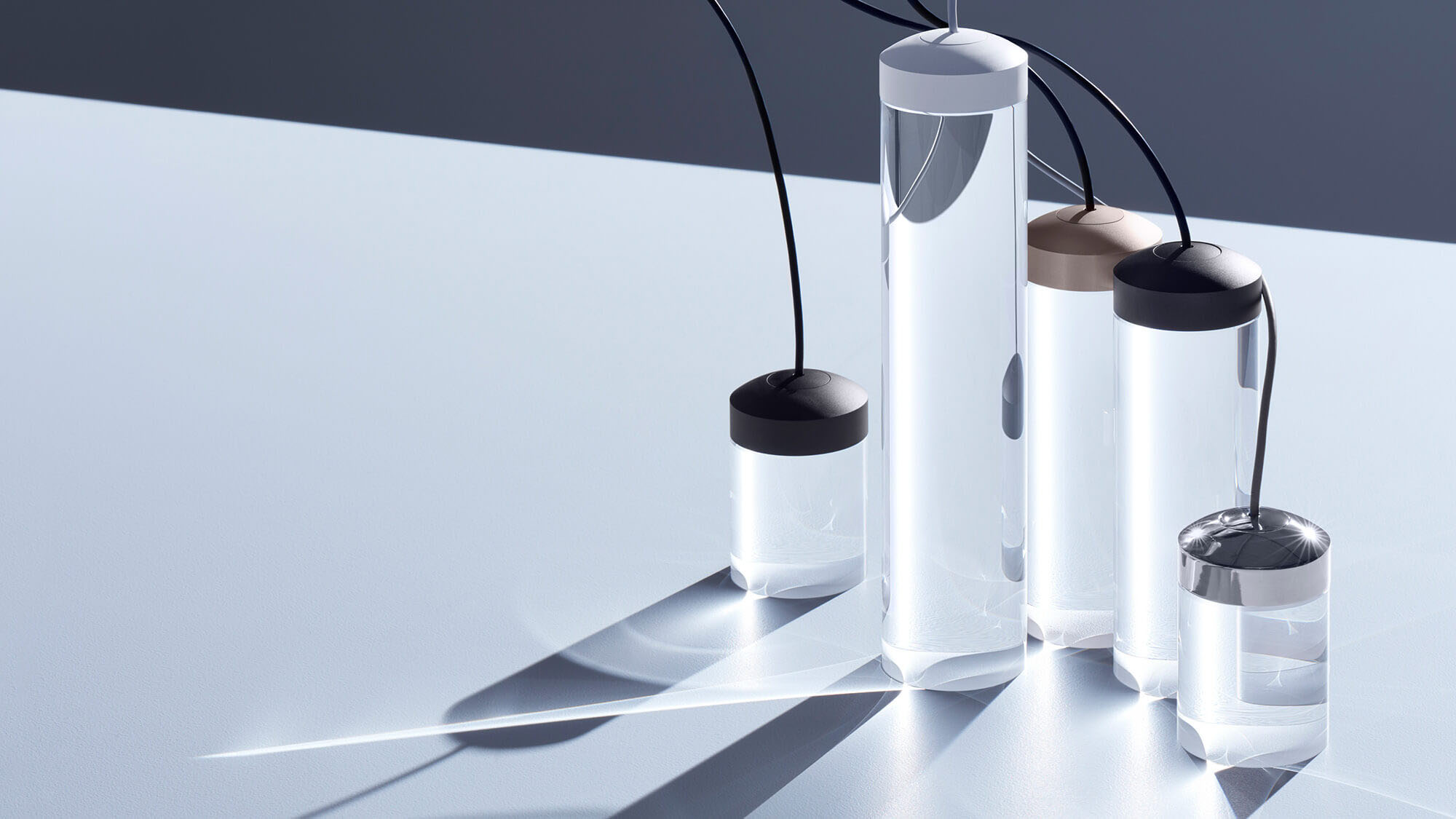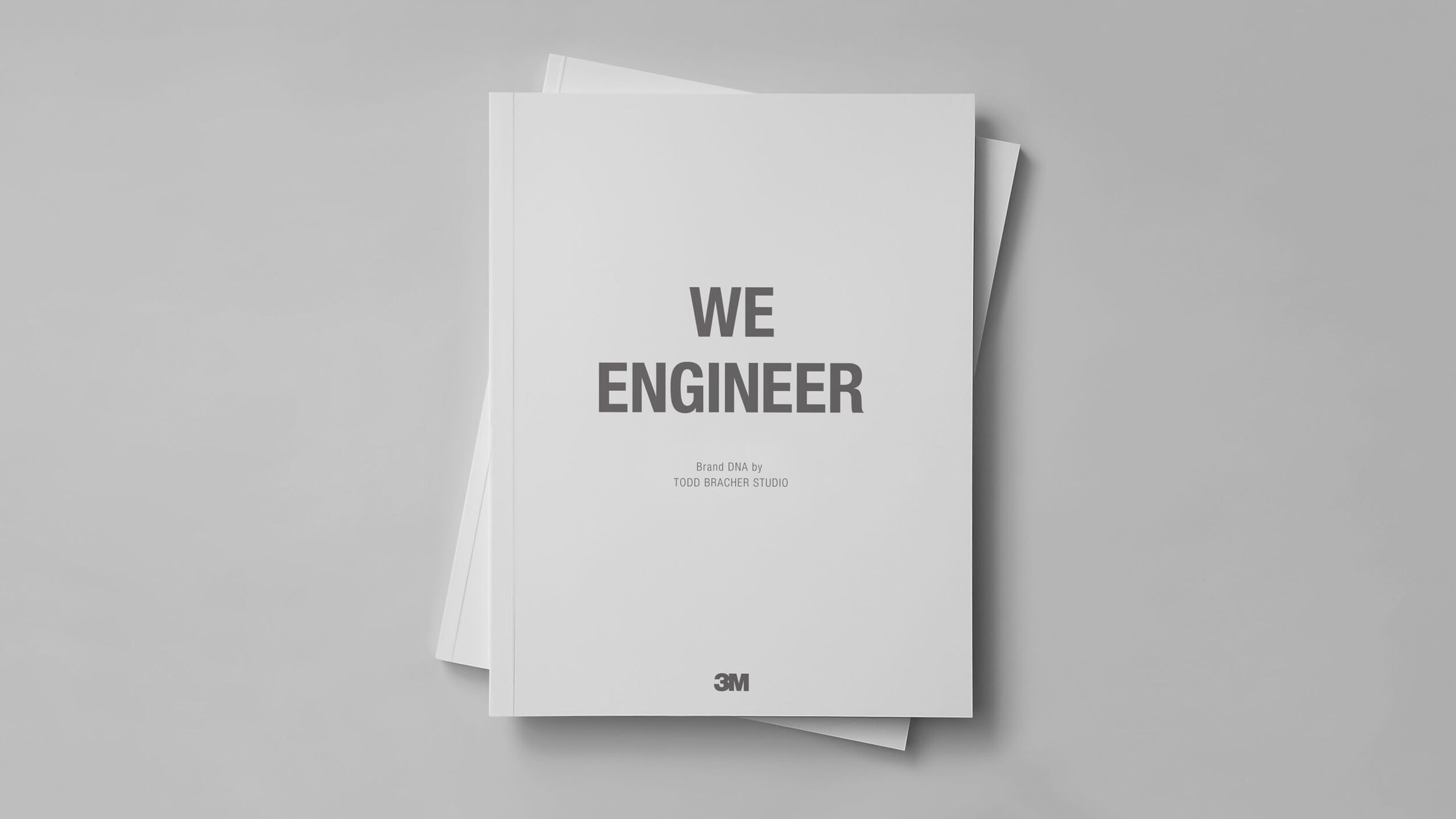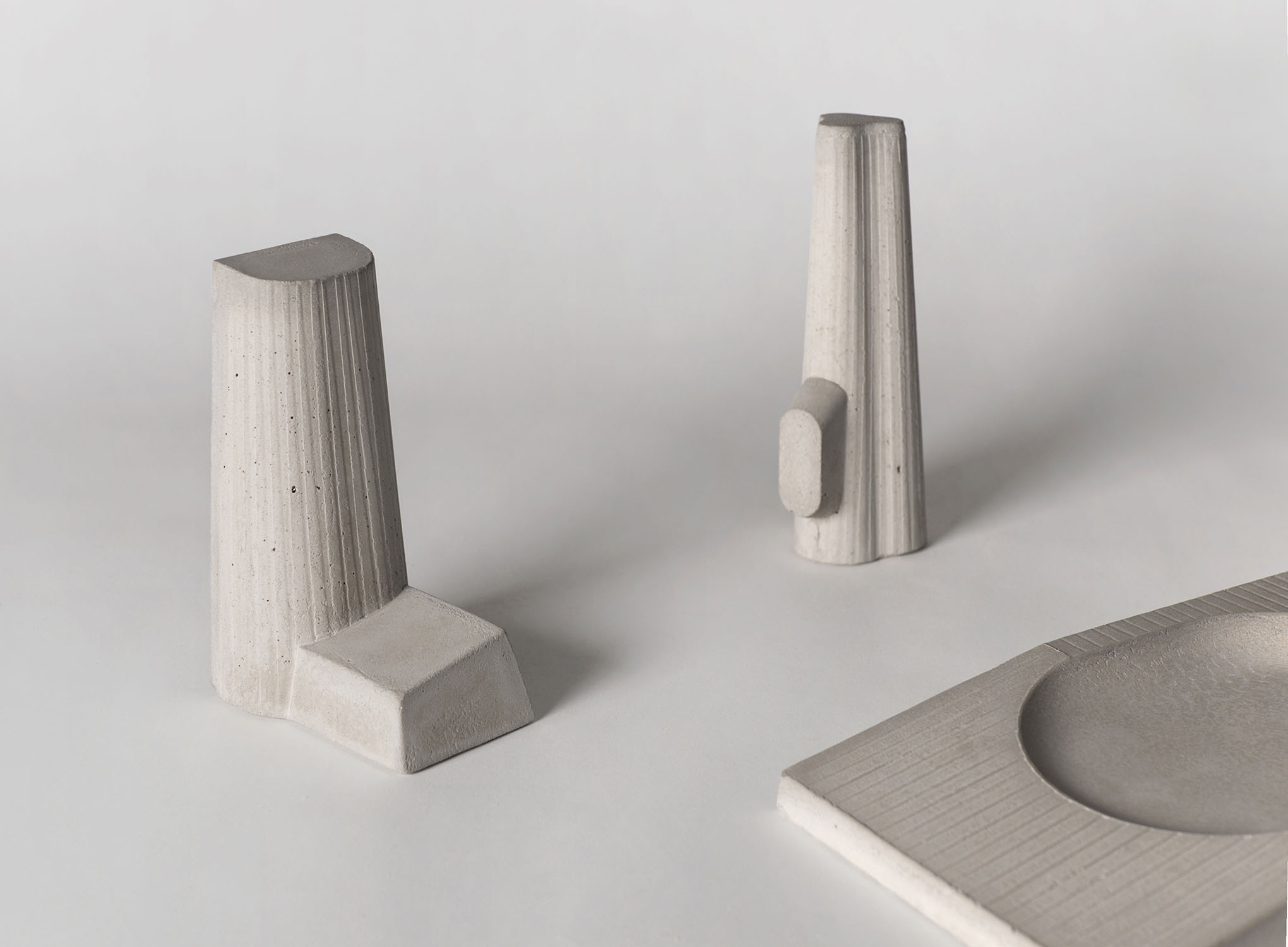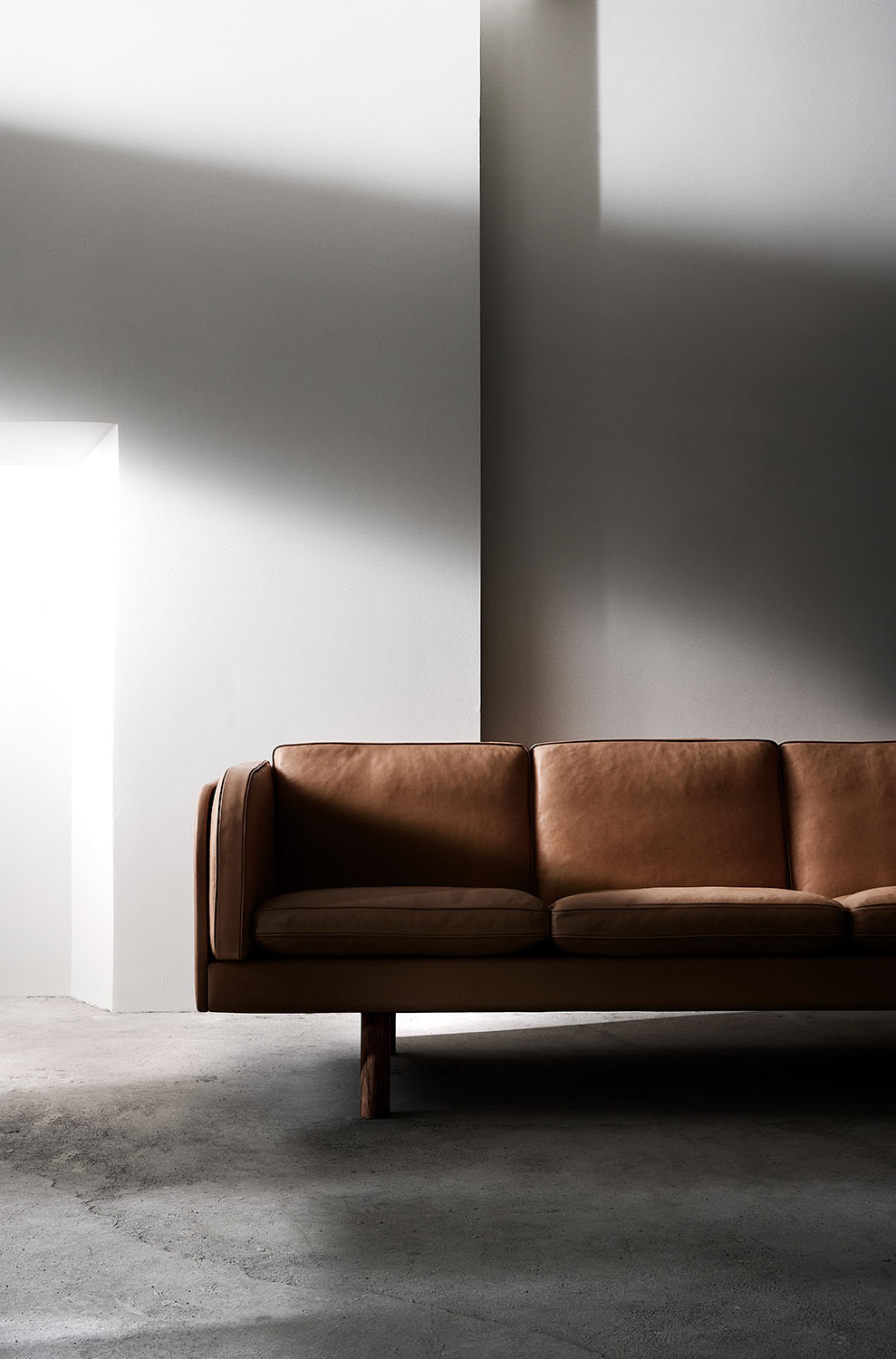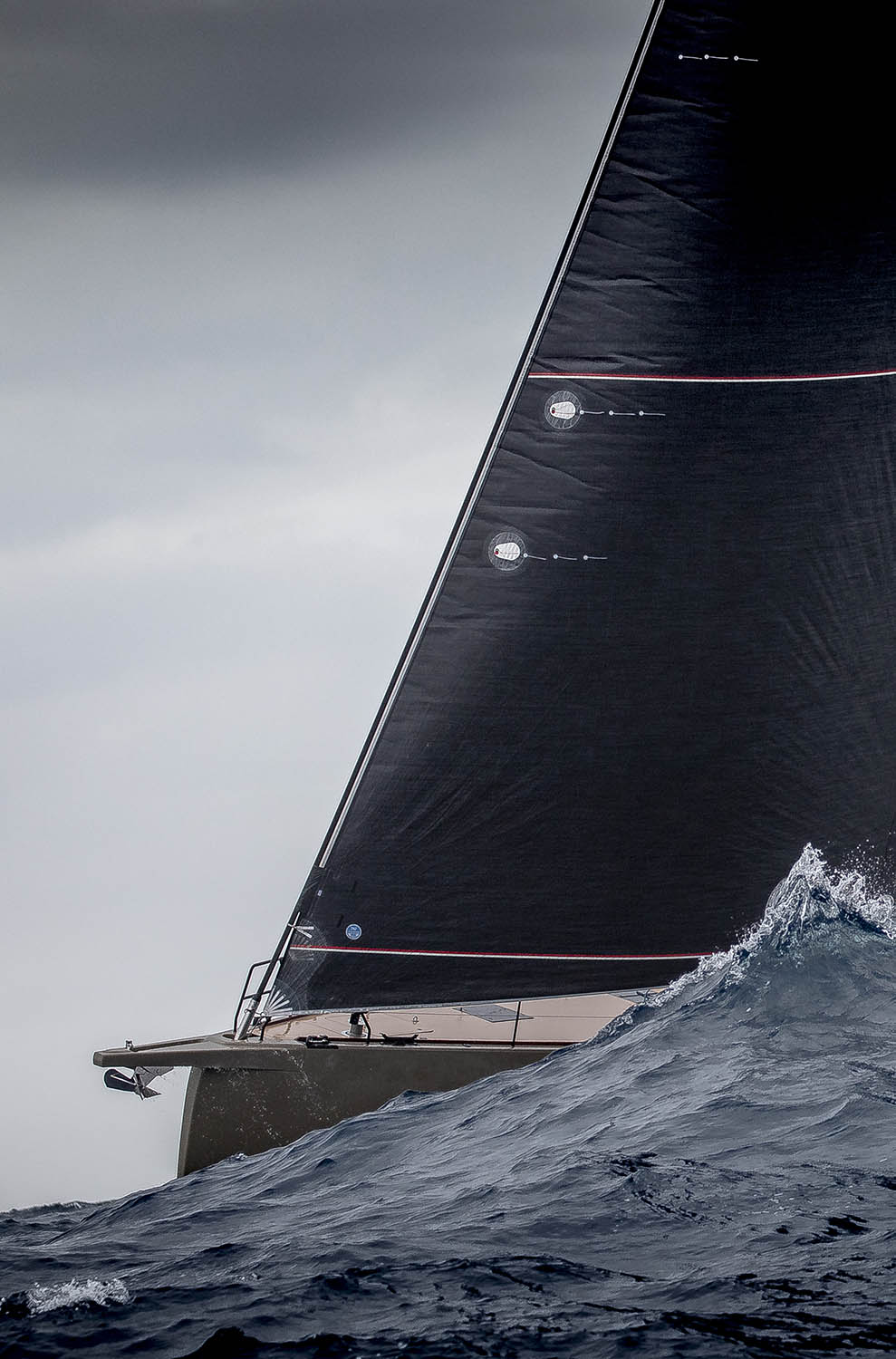
Design
Interview with Todd Bracher
Studio Bracher guides some of the world’s leading brands to realize strategic differentiation through design. The Studio is focused on a holistic design process that helps their clients leverage their unique assets to achieve market growth, elevate brand visibility, and evolve product portfolios for a contemporary audience. Todd has been a friend for many years; we find his approach fascinating and wanted to share his insights with you.
What’s your background?
I don’t want to say I’m a designer here. I do design, but over the years I’ve discovered it’s not enough to be a designer, or a businessperson, or any one thing. Design has been always what I lean into, but it might be organisational design, it might be the way a supply chain is designed – I find ways to look at things a bit differently via design. It’s not always about designing an object. It’s often about designing a process or a system.
Did you train as a designer?
I trained as an industrial designer. Right out of design school I was making remote control caddies, spice racks, BBQ tools – soulless shit that shouldn’t exist on Planet Earth. The one good thing about paying expensive college tuition fees is, after school, you’ve got to get working right away, and you end up very quickly getting a job. That helped me discover very quickly what it was I didn’t want to do, and I didn’t want to design soulless, useless stuff – it was landfill. So I moved to Denmark – this was the mid 1990s – on a Fullbright Grant. My proposal was to go to Denmark to understand more about the furniture, and how it effects Denmark’s culture so much, and why that doesn’t happen in the US. The intent was to go there, learn, return with the knowledge. I spent two years studying furniture design. The scale of it is beautiful. It’s ergonomic. You wear it. You live in it. It’s really interesting human scale. And then, having really fallen in love with furniture, I moved to Milan, which really is the centre of the world for furniture design.
What does a US designer do in Milan?
A broke American designer… The idea was to sell design. I immediately started calling companies, very entrepreneurial, and then I started to licence design. That really broke me in. I was 24 years old, working with some of the greatest Italian companies. It was fun. But also I started to really understand who I was as a designer. And that the dirty side of design is that there’s no money to be earned. I earned $50 from some of these projects, and they took a year to develop. At the time I had a personal life in Paris – I had a girlfriend there – and I was splitting my time between France and Italy. In Paris I got a job offer from Tom Dixon, a designer in the UK. He was starting a brand called Tom Dixon, and he asked if I would join the studio to help him build the business. Tom had been creative director of Habitat. I had got to know him then. And I spent five and a half years working with Tom, doing everything and anything: restaurants, a building in Tokyo, objects, you name it. When we started there were three of us. When I left there were 17. Now I think there are 35. It really turned into a machine.
What did you learn there?
I remember asking Tom – this was a pivotal moment for me – I asked him, “What is it you love about design?” He’s not really designer. He candesign, but he doesn’t, he runs the business. And he said he loved that, the business of design. And it really hit me. I was like, “Oh, that’s what I love about design, too.” As a designer, you’re often programmed to think the business is down to someone else. That’s not your job. Even Tom had a business partner. But that never felt right to me. I enjoyed the complexity of it.
Design students are typically told to focus on the design…
A little bit, yes. But when a concept is handed over to a businessperson, nuance is lost. The subtlety of the work is lost. And subtlety, for me, is where the magic happens. I’ve always found – even now – that when I’m working on a project that has businesspeople involved, they just see the numbers. They don’t see the cultural impact a piece of work might have, so they don’t even talk about it. But for me that’s huge – why a thing needs to exist in the world. They don’t seem to care about or understand the emotional component. The why.
What came next?
Tom made me realise I could be doing a whole lot of different things, that I could diversify and approach design in different ways. I spent a few more years floating around and eventually moved back to New York. That was in 2008. I had developed my own studio and was selling projects to major companies on the side. Then I took some creative director roles, at Jaguar and Georg Jensen. And I was touching on becoming this hybrid designer / businessperson. I had started to see that the real power of design is being part of the C-suite conversation. If as a designer you don’t have access to that level of conversation, you won’t influence anything. You become a stylist. Your job is to shape an object – you’re not controlling why it exists. That’s really why the business component is so deeply important to me.
Your work is also deeply rooted in science.
This is really interesting for me. The science component has always been there. Even before design school I found physics fascinating – who doesn’t? And I’m deeply motivated by what I call “truth”. I don’t think design should be a matter of human opinion. I want to create work that has to be a certain way – the same way a leaf has to be designed a certain way, or a butterfly. Why does the butterfly have a beautiful pattern on it? Not because it looks cool – it’s because it has to survive. That’s where science enters the process for me. There’s an essentialist moment where things add up – that’s where it’s right.
Are you explaining here the philosophy of your company, BetterLab?
That’s right. As I mentioned in the start of our conversation, I stopped making sofas and occasional tables – just stuff. I’d started to look around and see thousands of designers making sofas and occasional tables sofas. And I thought, That’s a really big waste of mind power – that is notwhat designers should be contributing to the world. I was working with a lady was vegan. She was telling me how she and her husband turned the water off when they brushed their teeth. These were their contributions. And I thought, That’s cool, but it’s not going to make a whole lot of difference in the world. She said to me, “Well, what are we doing? We make stuff – we’re adding to the problem.” I was like, “Well, we can make things – that’s our advantage!” He’s an example: we just created an office chair. And the reason we did that is because these types of chairs are sold in the tens of thousands every year, they’re one of the worst offenders in the landfill, they’re composed of about 72–75 parts (so they involve lots of different vendors and transport companies), and companies tend to have these chairs for three to eight years, depending on their lease, and then they throw them away! Landfills are littered with these types of chairs. We decided to design a chair that could offset itself. It’s called the net positive chair. The more this chair is sold, the cleaner the environment gets. (We have around 24 parts, so we’re using far fewer components.) We thought, If an office chair is going to exist in the world, why don’t we make one better than anyone else, from an ecological and performance standpoint. So we’re contributing as creatives to our societal condition, rather than saying, “Oh, we shouldn’t make anything.” You can make things and actually improve the environment.
I’m interested in your personal response to ‘stuff’. What was it that made you realise you wanted to do more than make objects you thought were destined to become landfill?
I worked with 3M for a long time. 3M is a huge, multinational American company. You’ll be familiar with their post-it notes. They asked me to start a lighting division, for them, but at first they asked me to make some Tom Dixon style lamps for them. I remember thinking, But you’re 3M? What are we doing here? I met with one of the scientists at the company. An optical scientist. And he told me how we can control light, every photon, where it goes, how to shape it. At the time I thought, Every other company styles light. But the guys here shape and control it. That’s hugely different. So we created a whole business around how 3M shaped light. It started with some simple pendent lighting, and moved into bigger things. That was the moment I realised, “Wait a minute, we’re deploying science now. We’re using technology to calculate how to control every photon, to be more efficient, to not waste energy.” It was a really powerful moment for me. That became the seed of BetterLab, how to bring science and design together, how they might be used together in culture. I believe there are so many solutions out there in our world already. And if they’re not, they’ve been patented. But a lot of the world is still suffering. There are two reasons for that: 97% of patents are never realised, and 82% of those patents are written for defence purposes, to protect the core IP – so they’re not even intended to go to market. The remaining patents are usually created by academics, who don’t know how to bring a product to market, how to scale it. It’s fascinating. As a designer, you can go in and say, “That patent you’ve invested $250 million in, you can gain exponential value from it if you navigate it into the market. If you know how to get adoption. And if you know how to make it culturally relevant.”
Backtracking a little bit to the 3M pendent lamps. The design of those lamps came at the very end of the process. Was the process of design for you more the discovery and exploration of being able to shape light, and less the form of the lamps? A lot of other designers would see the design of the lamp as the design process…
That’s a great insight. You’re 100% right. The design was absolutely the end result. It’s the tail end of a lot of thinking – and the thinking to me is where design is the most interesting. The design of the lamp I actually had almost nothing to do with. It was all driven by the science: how do we get light from A to B, how do we not lose anything in the efficiency, how do we make the materials stay cool, how do we keep the cost where it needs to be. In the end, the science tells you what an object needs to look like. The final design is not then an opinion, it’s an optic.
You can’t be ‘wrong’ about how it looks?
Precisely. And people can’t ask, “Why did you make it this shape?” It’s not about whether you like it or not. It is what it is. It’s the same when you look at a leaf. Look at it for long enough, you start to wonder if it’s beautiful. Maybe it’s really ugly. But it just is what it is.
How do you convince patent holders to work with you?
It’s the money, right? Though there’s probably other ways. But for example, right when Covid started, I began talking to a scientist I work with. This guy invented the commercialised LED. And he did all the lighting on the Space Station. He’s a former NASA guy. Amazing. I remember asking him eight or 10 years ago, “What’s your biggest fear, as a scientist?” He said, “A pandemic.” I remember thinking, “Well, scientists are a little crazy like that.” But sure enough… So he had written some patents around using light to control a probable pandemic. He came up with it for the Space Station. It turns out the Soviets had done this in the 1970s, and one of the US astronauts had kind of figured it out, and reverse engineered it, and then he created it. It’s called far UVC. It’s a spectrum of light that can deactivate pathogens in the air or on your skin. That’s what they use in the Space Station. So he’d written this patent, and when Covid hit he got a call from the US Government to say, “Can we please commercialise your patent? It’s sitting there.” So he called me to create some of the products. His initial thoughts were to create some overhead lighting, which sounds like a good idea but I thought would never work. It would be too expensive. So I suggested we create a kind of hand wash that you put at the entrance to a room. And after doing some investigations that’s what we’ve done. If you go to whitewash.io you’ll see the proposal. We’re having it funded right now, finally. Here is a good patent used in the right way. That’s how a designer brings the value.
A designer who has an awareness of the science…
I wrestle with that. I’ve been doing a lot of writing recently and I keep describing myself as a designer. But it’s not right. Design is often associated with the art world, which makes it uncomfortable for a lot of people to process. It shouldn’t be that way. Design can be black and white. Don’t get me wrong, there are still artist-designers out there, and thank God there are. It’s just not the kind I am.
Are you more conscious of what you buy now? Not so much stuff?
Sure. I buy things the way I buy my clothes. I like to buy the most basic thing there is but the highest quality I can afford. Often the things I own are connected to something that is meaningful to me, something I will cherish.
What’s next for you?
We’re looking at bandaids. We’re looking at Circadian rhythms. One thing with BetterLab is our projects have to have scale. We deal with societal level issues. Urban planning issues. All related to the notion of how to improve the planetary condition. We’re still really under the radar. We’re still tiny. We need to find a way to crossover. The way we do things – design and science – is not a known way to operate. We’re a little bit of a lone warrior, but I think there are other lone warriors out there.
Do you find that people still consider them separate disciplines?
100%. And some of the most creative people I’ve met are scientists! You think, Oh, it’s the designers who are the creative ones. But you know what? Scientists have to visualise things that don’t exist. There’s a really deep overlap. They need to go hand in hand.
Words: Editorial Board
Photography: Studio Bracher
